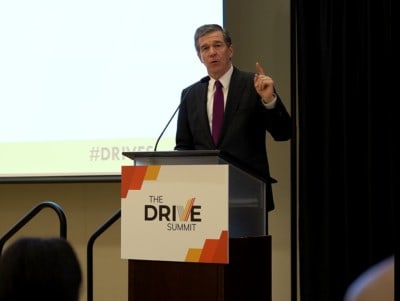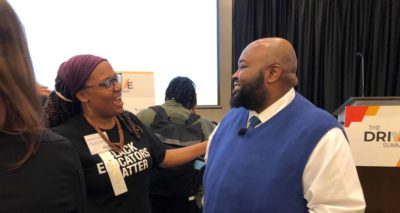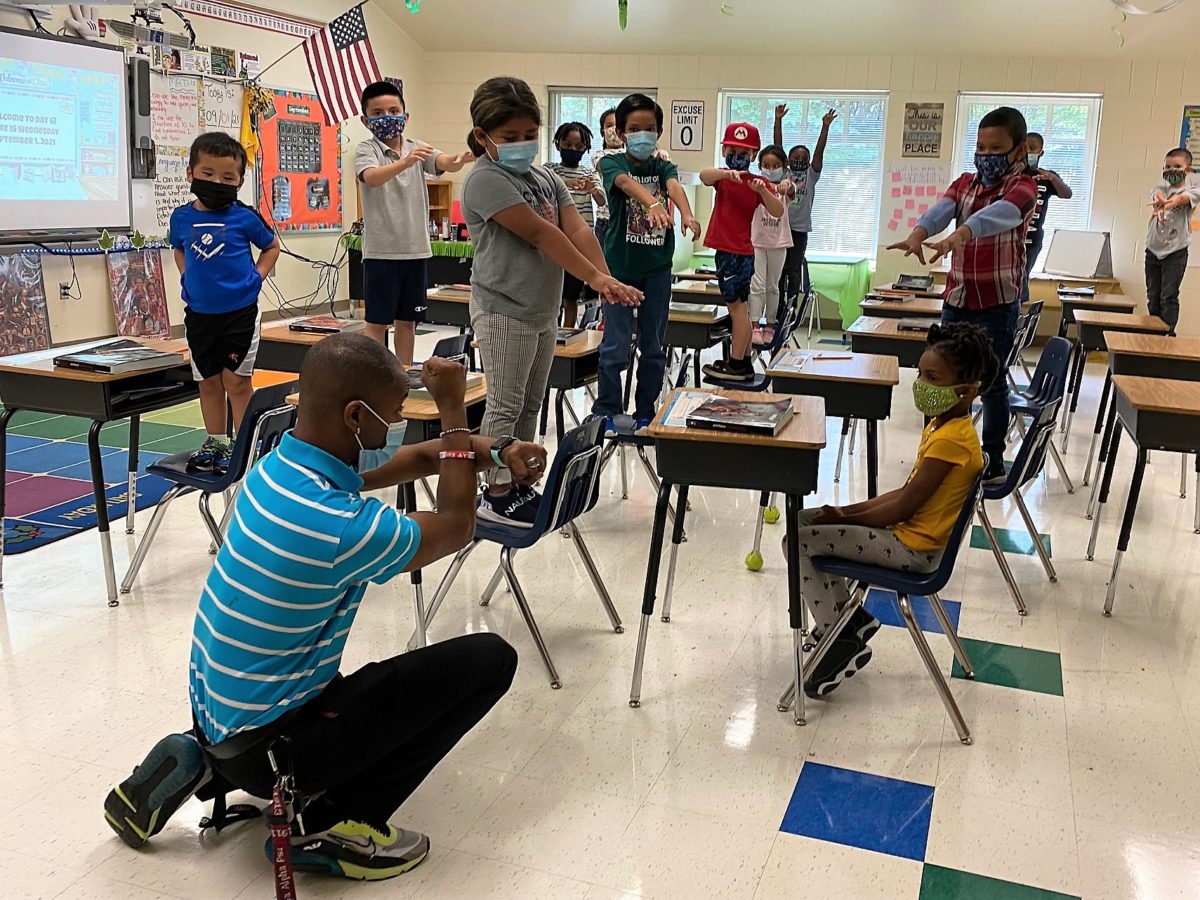

|
|
Across North Carolina and around the country, work to diversify the teacher workforce continues at the local, state, and national level.
Meet Johnnie Moultrie, a second grade teacher at Pinewood Elementary in Charlotte-Mecklenburg Schools. In 2019-20, the school served 548 students, including 171 Black and 303 Hispanic students.
Moultrie found his way to this classroom through the district’s teacher residency program.
“Track me,” says Moultrie to the class.
“Class, class,” he says.
“Yes, yes,” they reply in unison.
“Silent math,” he instructs.
“Shhh,” they all whisper collectively before settling in for the lesson.
To bring the class out of silent mode, Moultrie says to the students, “Go ahead and stand on your chairs. Are you ready to rock and roll?”
Welcome to Mr. Moultrie’s class.
For Moultrie, it’s all about the adventure of learning. Hear about his journey into the classroom.
“Over the past two decades, the K-12 student population has become much more racially diverse, but that same trend in diversity is not reflected in teachers and school leaders,” says Dr. Javaid Siddiqi, president and CEO of the Hunt Institute.
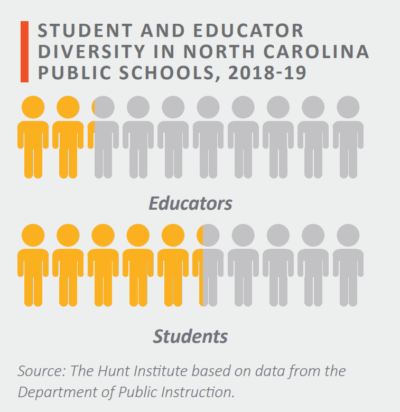

Local programs like the teacher residency program in Charlotte or this scholar teacher program in Edgecombe County are addressing the issue one district at a time while they wait for systemwide policy change to take hold at the state and national level.
What’s happening statewide in North Carolina
“We need desperately more diverse public school teachers,” said Gov. Roy Cooper last week at a convening of leaders from the state’s historically Black colleges and universities (HBCUs).
“Many of you participated in the task force I created — the DRIVE task force — which works to get more diversity among our public educators because the studies are pretty stark. Not only do minority students do better when their teachers are more diverse, but all students do better when their teachers are more diverse,” said the governor.
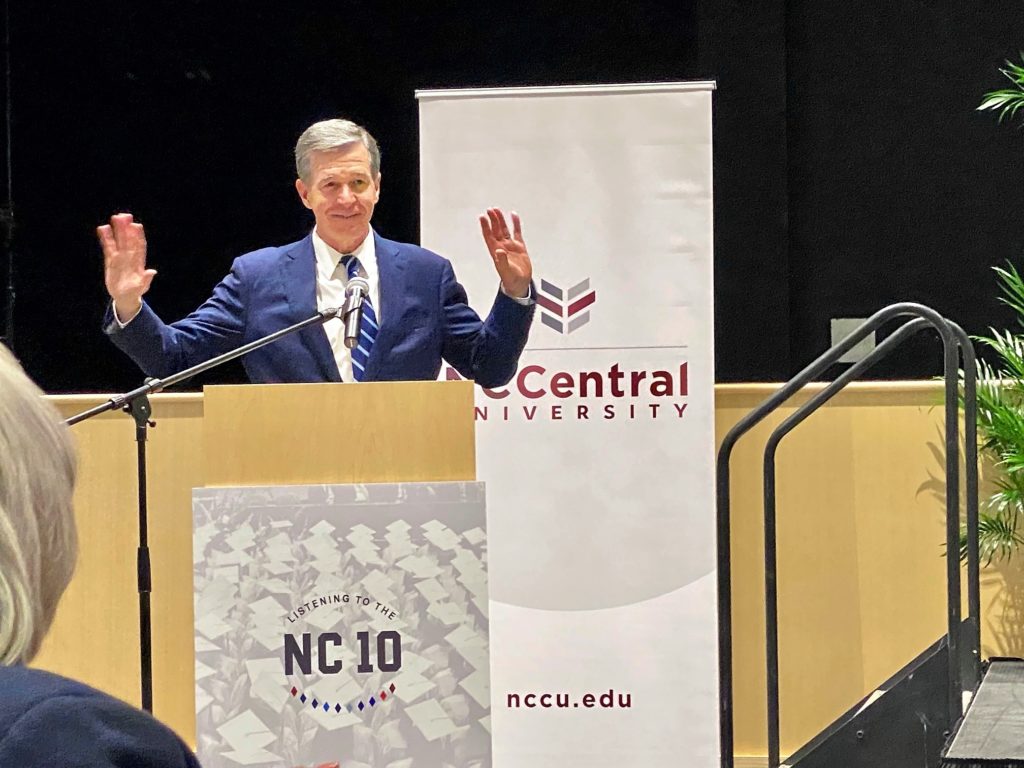

DRIVE stands for “Developing a Representative & Inclusive Vision for Education.” The task force was created by executive order in December 2019. Here are the appointees.
The DRIVE task force, supported by the team at the Hunt Institute, is working now to implement its recommendations and build momentum.
Among the 10 recommendations in the final report, DRIVE proposes the following:
Developing scholarships, loan forgiveness, and tuition reimbursement programs for educators of color;
Providing sustainable investments in educator preparation programs at North Carolina’s Historically Minority Serving Institutions and Historically Black Colleges and Universities; and
Releasing an annual statewide report on educator diversity.
— DRIVE Report
According to the Hunt Institute, key stakeholders and policymakers will now begin the important work of building a more diverse educator workforce.
What’s happening nationally
Nationally, a coalition of eight organizations, including the Hunt Institute, are working to increase the number of teachers of color by 1 million and school leaders of color by 30,000 by 2030. Here is the website to learn more.
“DRIVE was our impetus for us being a part of this coalition,” says Daniella Doyle, director of strategic initiatives with the Hunt Institute. “How can we take the work we did in North Carolina and do it nationally?”
The National Alliance of Black School Educators (NABSE) held its 49th annual conference — the largest convening of Black educators — last week. There, the Chan Zuckerberg Initiative announced $9 million in grants to organizations working to train and support teachers and education leaders of color, including $1.25 million for the Hunt Institute.
“We can — and must — do more to ensure our classrooms reflect the world around us.”
— Sandra Liu Huang, head of education, Chan Zuckerberg Initiative
The coalition includes TNTP, The Education Trust, Men of Color in Education Leadership, New Leaders, Teach Plus, Latinos for Education, and the Center for Black Educator Development.
Doyle notes that the data indicate ripple effects. More educators of color lead to higher graduation rates, more postsecondary degrees and credentials, better outcomes in terms of disciplines, and higher placement rates in advanced placement (AP) courses.
At the local, state, and national level, the team at the Hunt Institute says the goal of the work is to disrupt inequity in our schools once and for all.



